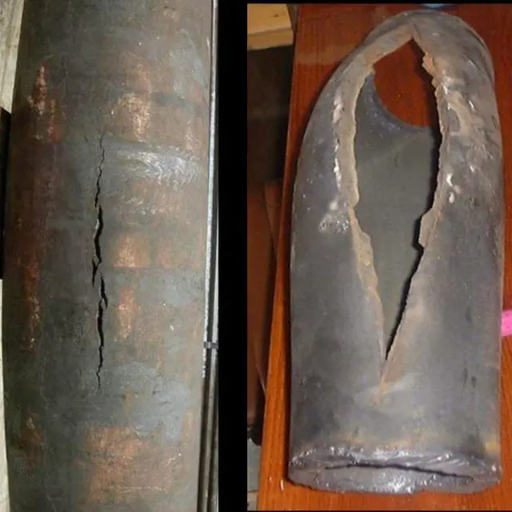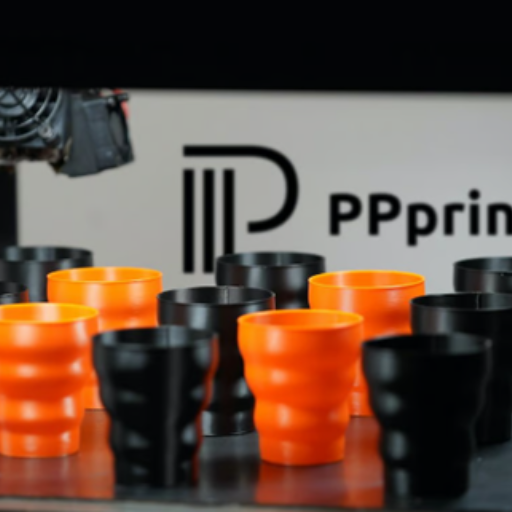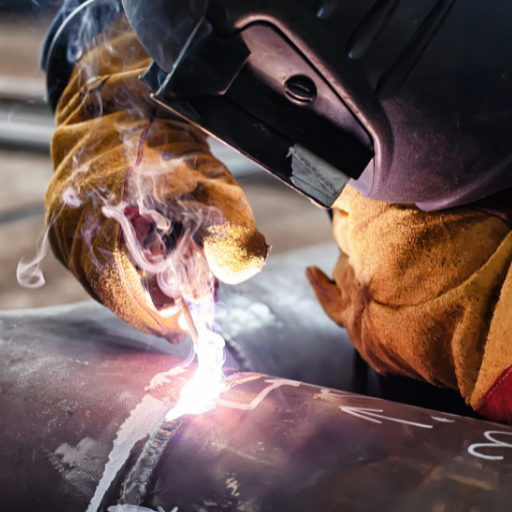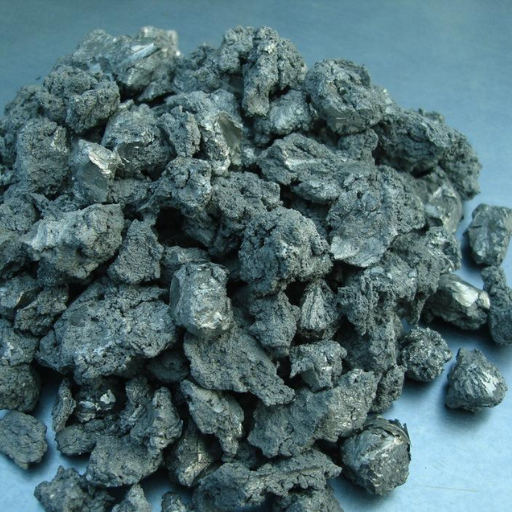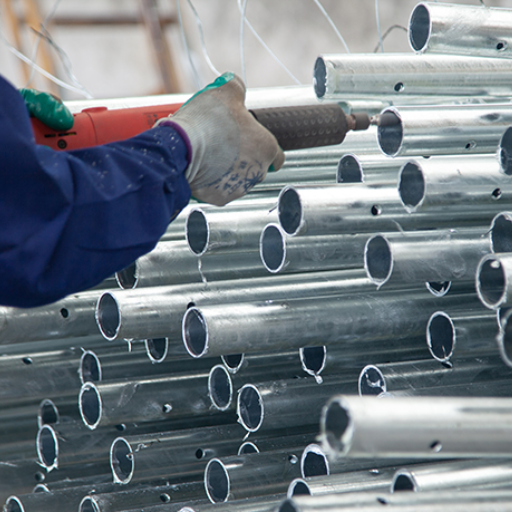Understanding Creep Deformation in Engineering Materials
Creep deformation is an important aspect of materials science and engineering, which happens when materials are under long-term exposure to high levels of stress at high temperatures. It gradually occurs with time and this is time dependent deformation can greatly affect the structural integrity as well as durability of engineering components making it an essential […]
Understanding Creep Deformation in Engineering Materials Read More »
